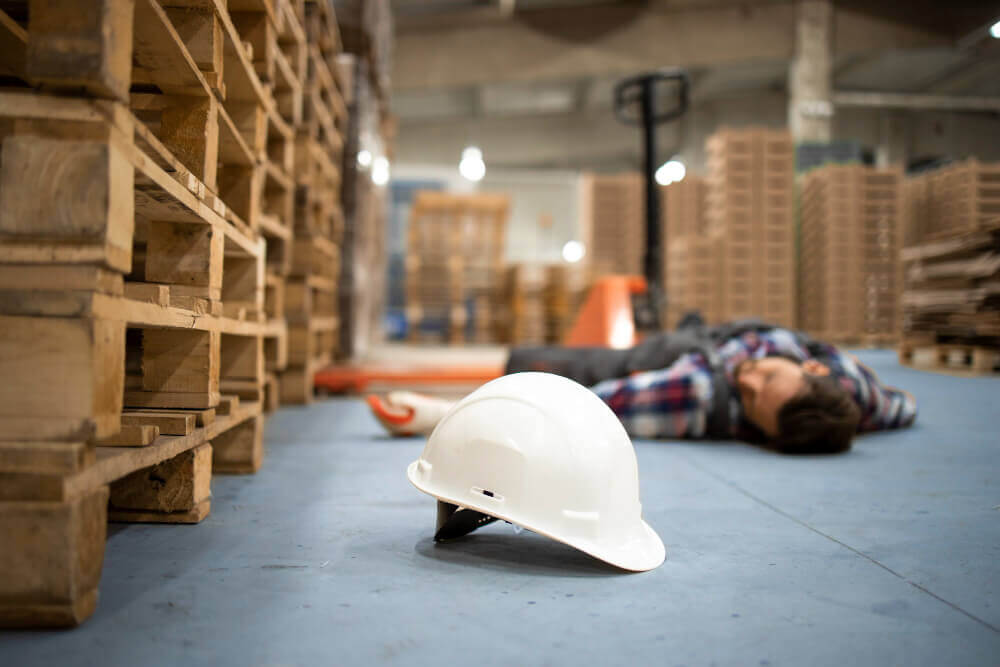Warehouses are a vital component of any business that involves producing and distributing goods. A well-organized warehouse helps in the proper receipt, storage, and dispatch of goods. Ensuring that the warehouse operates optimally can be a challenging task.
Any mistake in warehouse management could lead to consequences that could put the warehouse, the workers, and the business at risk. Besides, Poor warehousing practices lead to inventory loss, decreased customer satisfaction, and lost revenue.
So, In this blog post, we will discuss the six most common warehousing mistakes and how to avoid them.
1. Inaccurate Inventory Tracking
Inventory tracking is one of the most crucial aspects of warehouse operations. A poorly managed inventory system can lead to stock shortage, overstocking, stock loss, increased lead times, and inefficient distribution.
When items are not accurately tracked, it can lead to mistakes in order fulfillment, resulting in dissatisfied customers and lost revenue.
For example, suppose a customer orders a product out of stock due to inventory inaccuracies. In that case, it can lead to delayed shipment and a negative customer experience. The customer may not order from the company again, resulting in lost profit.
How To Avoid
One of the ways to avoid inaccurate inventory tracking is to use an automated inventory management system. An automated system can update inventory quantities in real time, eliminating the need for manual tracking.
Besides, it can alert warehouse managers when stock levels are running low, enabling them to reorder quickly.
2. An Inadequate Training And Development Program For Staff
One of the most essential assets in any warehouse is the staff. However, some companies assume that just because an employee has experience in warehousing, they are competent in all warehouse areas.
This is not always the case and can lead to serious mistakes that cause disruptions in operations. As a matter of fact, when companies do not invest in the proper training of their employees, there is a possibility that they can cause costly errors, delay the supply chain and disrupt it in any way that they can. For efficient warehouse operations, properly trained staff is essential.
How To Avoid
To avoid this, ensure that all staff members are well trained on all aspects of the warehouse, from receiving inventory to shipment. Conduct regular training sessions and offer development opportunities such as certification courses. This will not only improve operations but will also increase employee job satisfaction.
3. Poor Safety Procedures
Warehouse safety should always be a top priority. Poor safety procedures are dangerous for employees and the company’s bottom line. Injuries can occur within a warehouse, ranging from minor injuries to more severe incidents, such as equipment-related accidents.
Poor safety procedures could lead to worker injuries, loss of productivity, legal liability, and costly insurance claims in terms of finances and negative publicity.
How To Avoid
To avoid poor safety procedures, warehouses must prioritize the safety of employees. This can be achieved by implementing safety training programs.
Warehouse workers should undergo regular safety training on equipment such as forklifts and pallet jacks, proper lifting techniques, and emergency procedures.
Furthermore, warehouses should ensure safety equipment is provided and worn by workers, such as protective gear, gloves, helmets, ergonomic equipment, and material handling tools.
Also, Appropriate traffic signage and floor marking are essential to reduce accidents and improve safety procedures.
4. Overlapping Shipping & Receiving Areas
Shipping and receiving areas are crucial parts of any warehouse, but they should always be kept separate. Overlapping these areas can lead to confusion, a lack of clarity about which items are coming and going, mixing up orders, and losing things.
This mistake can cause a decrease in productivity, creating tense scenarios that could cause a dip in employee morale and result in the company having to replace all the faulty items, which is a significant financial burden.
How To Avoid
To avoid this, ensure that the shipping and receiving areas are always kept separate. Physically separate the two at all times, and invest in technology that ensures that the wrong items cannot be shipped or received.
5. Poor Planning
Effective planning is critical to the success of any warehouse operation. Proper warehouse planning entails an accurate assessment of storage needs, considering the range of products to be stored, and understanding the flow of goods from receipt to dispatch.
Without proper planning, a warehouse could lack an efficient layout, causing congestion, safety hazards, increased handling costs, slow order fulfillment, and inefficient use of space. Moreover, poor planning can also make managing inventory and promptly fulfilling orders challenging.
For instance, if the warehouse is not organized in a way that adequately handles incoming and outgoing products, it could cause inefficiencies that would lead to poor order fulfillment and lost profits.
How To Avoid
One way to avoid poor planning is to create a strategic plan that outlines the warehouse’s goals and objectives.
This plan should include a warehouse layout, including material handling equipment locations, storage areas, and order fulfillment zones.
It is essential to consider factors such as worker safety and accessibility when designing a warehouse layout.
6. Resisting Automation
Automation has revolutionized the world, including the warehousing industry. However, some companies are still wary of adopting it due to high costs or fear of losing some workers.
This mistake could cost your business, especially since automation has been proven to improve productivity and reduce errors.
For instance, the manual picking process became overwhelming due to the increased demand for their products, resulting in a delay in shipping orders to customers. This led to a loss of revenue and customers.
How To Avoid
To avoid this mistake, conduct a cost-benefit analysis, and determine if automating specific tasks will bring quality and efficiency gains. It is also advisable to involve employees to help them understand how automation can help them rather than displace them.
Conclusion
Warehousing mistakes can be costly, both financially and reputation-wise. Engage your employees, involve them in the process, and keep your shipping and receiving areas separate. The negative consequences of warehousing mistakes can be minimized by implementing good practices, such as using inventory management software, proper warehouse planning, and adequate safety procedures. So, invest in your warehouse operations today and avoid the common warehousing mistakes that could be costly in the long run.





